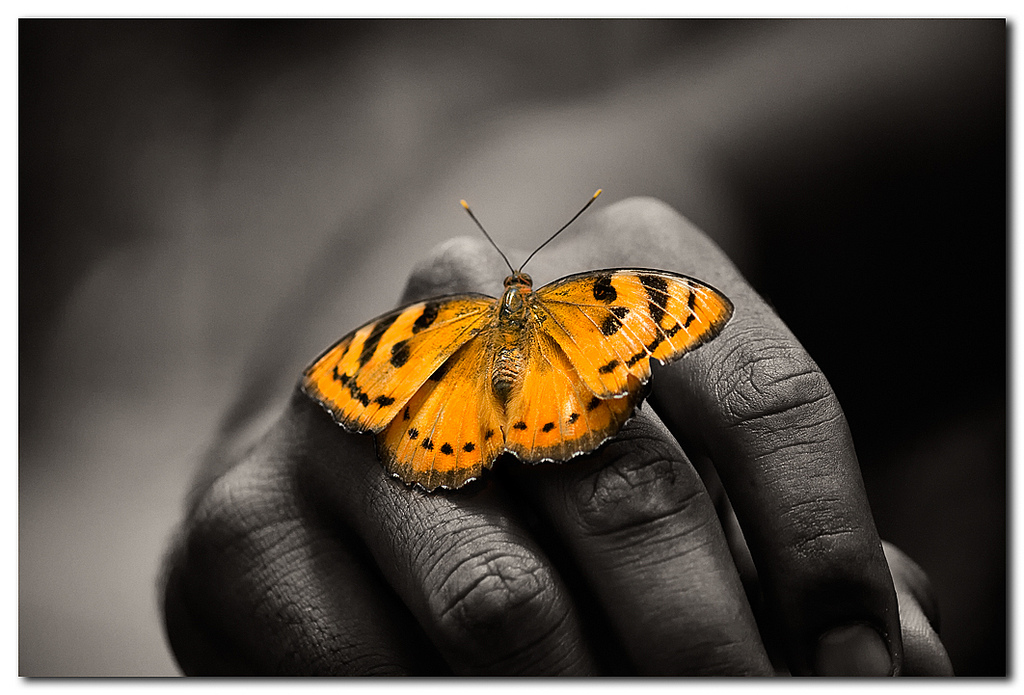Happiness, like a butterfly, can be elusive for golf course owners and operators challenged by the shifting tides of economics, demographics and lifestyles. But a new program from Audubon International, where I am honored to serve as chairman of the board of directors, promises some happier days for those with the patience to await the butterflies.
Over the past 20 years, populations of the iconic monarch butterfly have declined by 90 percent. A key reason for the decline is a lack of habitat, especially a lack of milkweed. As it turns out, golf courses represent a wonderful opportunity to plant milkweed and other wildflowers that provide sustenance and habitat for monarchs.
Marcus Gray, the director of Audubon’s Cooperative Sanctuary Program for golf, says: “Golf courses have been identified as having great potential for the development of monarch habitat. We estimate that there are at least 100,000 acres of available space on golf courses to help butterflies.”
No one is arguing that monarchs are the answer to golf’s challenges. But helping to save the king of the butterflies will have tangible benefits. When courses create monarch habitat in out-of-play areas, they increase the beauty of their course. They also make a statement about their commitment to sustainability. According to a 2017 survey by Pew Research, 75 percent of Americans are concerned about the environment and 1-in-5 acts on their concern. A separate Pew study found that women – by 17 percent more than men – are acutely concerned about the environment.
Millennials put their money behind environmentally concerned companies. According to Nielsen global research, nearly three-fourths of millennials support companies committed to positive social and environmental actions and programming.
“Brands that establish a reputation for environmental stewardship among today’s youngest consumers have an opportunity to not only grow market share, but build loyalty among the power-spending millennials of tomorrow, too,” says Grace Farraj, who leads Public Development & Sustainability at Nielsen.
Any courses out there not interested in appealing to women and millennials?
Audubon is making it easy to do well by doing good. Its “Monarchs in The Rough” program guides land managers through pesticide reduction, site preparation, planting and long-term maintenance of habitat for pollinators. “Our goal is to create at least one acre of new vegetation installed specifically to bolster monarch numbers on every golf course,” Audubon International CEO Christine Kane says. “Many courses have existing gardens and larger plots dedicated to wildlife already.”
The program is open to any golf course in Canada, Mexico or the United States. Superintendents can plan, install and manage monarch habitat on their courses by following guidelines published by Audubon. The program provides superintendents and staff with the information and technical support they need to incorporate monarch habitat into the unique layout of each course. Guidelines include how to plant and establish milkweed and other nectar-producing plants; track progress and manage the habitat; and procure native and ecologically appropriate plant materials, such as milkweed seed. In addition, superintendents can connect with the Audubon network of participating courses and communicate with their customers about the plight of the monarch and how they can help.
Monarchs in the Rough has the potential to provide up to 20 million milkweed plants toward a goal of 1 billion to 1.5 billion stems of milkweed available for monarchs. This amount of plants is what is required to maintain a robust population of butterflies at overwintering sites in Mexico.
Unfortunately, monarchs won’t add to membership rolls or fill tee sheets. But for the small effort required to save one of nature’s greatest wonders, they will certainly bring no small measure of beauty and appreciation. Happiness is, indeed, a butterfly.
This article was authored by GGA Partner Henry DeLozier for Golf Course Industry.



